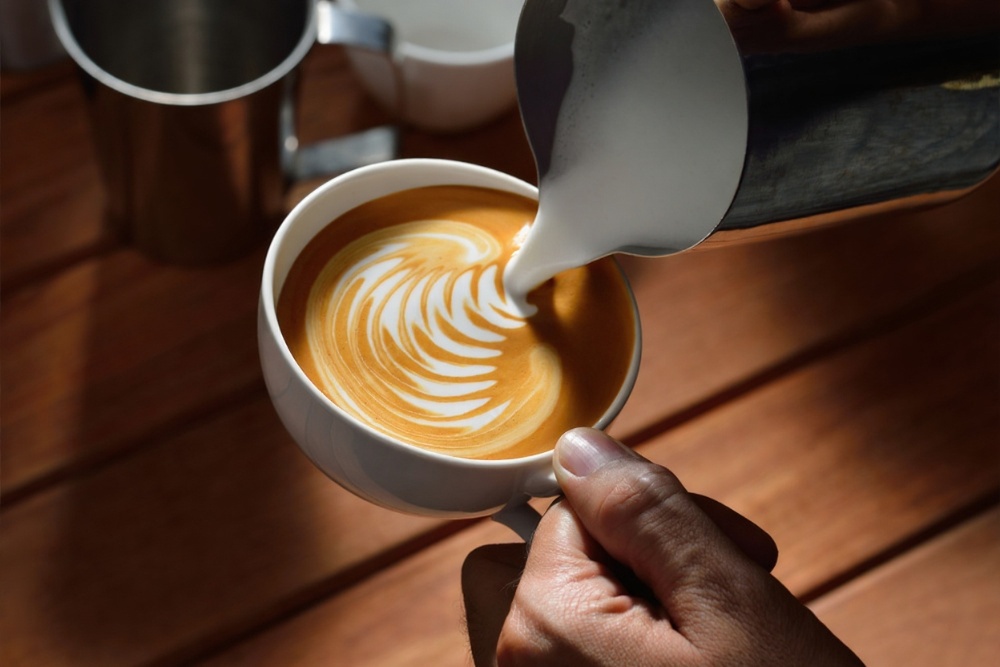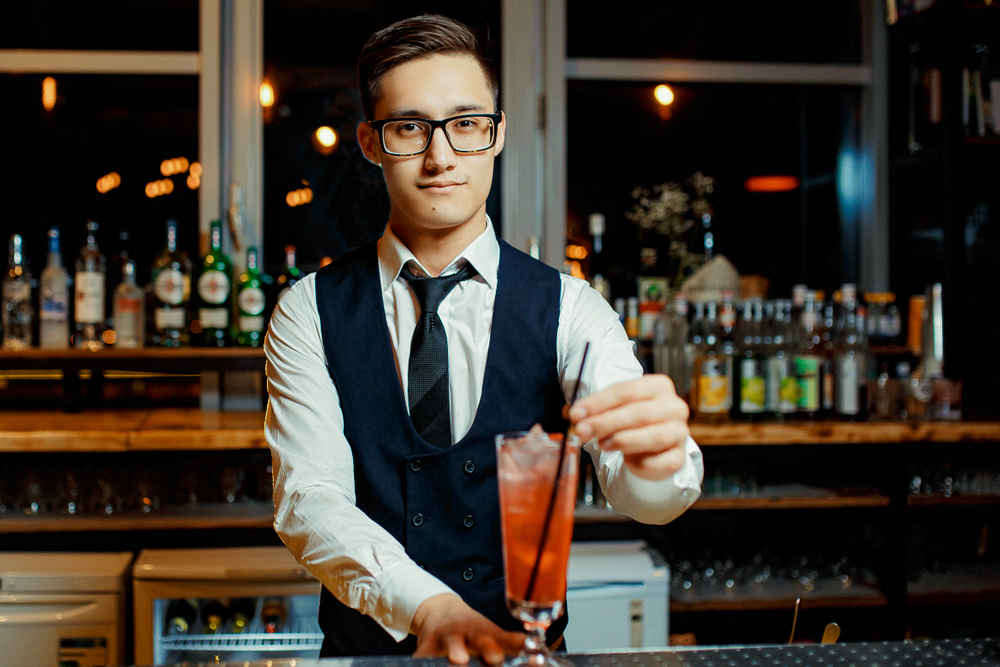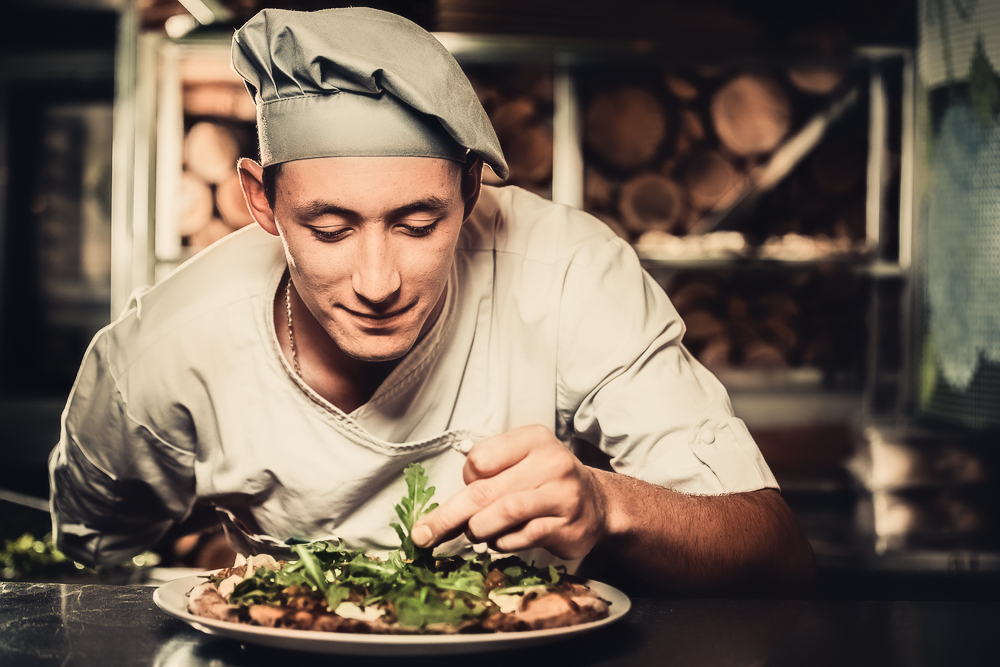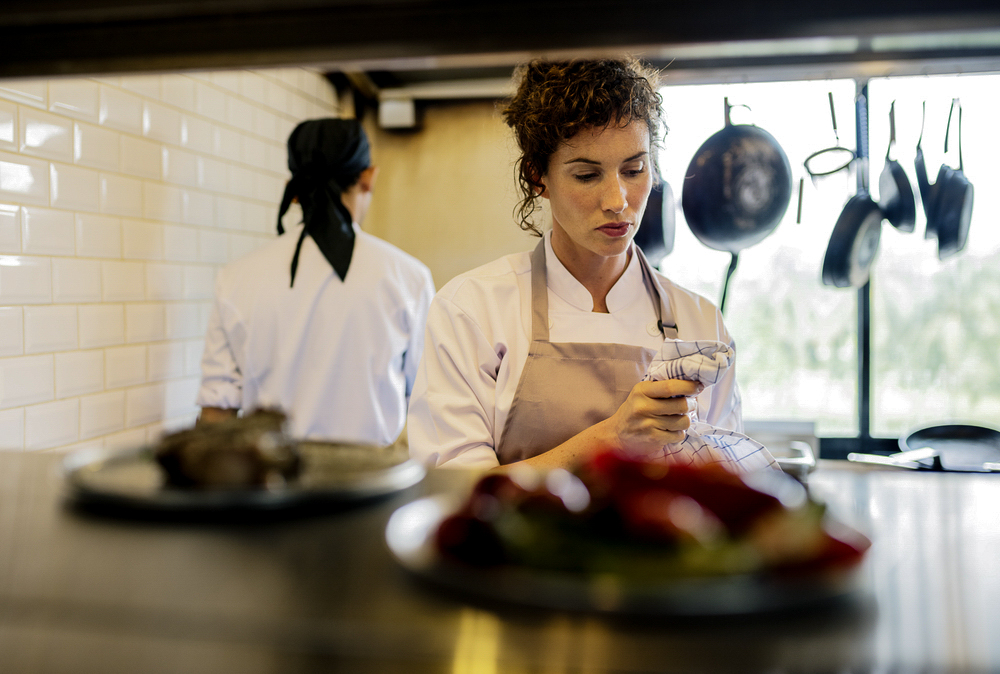
The swirl on a flat white. The heart on a cappuccino. In most cafés, latte art is the quiet sign that the milk was steamed properly, the crema held together, and the barista knows what they’re doing. If you’re working in hospitality or trying to get in, learning to control your pour sets the standard for everything that follows, and a comprehensive latte art course is where most baristas learn to get it right.
What a latte art course covers in practice
The name might suggest it’s about learning patterns. But the real focus is on milk texture. Get that wrong, and nothing else works. Too much air and the foam separates. Too little and the surface stays flat, no matter how steady your pour is.
Our latte art course starts with the basics:
- Adjusting steam wand angles
- Controlling milk temperature
- Identifying stretch and spin points
- Holding the jug and building muscle memory
- Reading the crema to know when to pour
Our trainers at Coffee School often notice that students try to rush the design. But even the best pour won’t work if the milk isn’t glossy and tight. That’s the part that takes the most practice, and where clear corrections beat trial and error.
Do you need café experience first?
Not always. Some students arrive with weeks of café work under their belt, others come in fresh. If you haven’t used a commercial machine before, you’ll want to begin with the Barista & Coffee Art course. It covers espresso basics, grinder adjustment, and milk handling before moving on to latte art.
If you plan to work in licensed venues, please note that Coffee School's RSA course is only available at our Melbourne location.
Learning coffee art skills isn’t only about looks
Pouring a decent tulip or rosetta takes practice. But the most useful gains often happen before the jug tips. You start to spot mistakes in texture. You adjust the hand position. You pour more slowly when the crema breaks too early. These small changes don’t just improve appearance, they improve your workflow.
One student recently shared how their confidence improved after noticing details they’d missed during months of self-studying. They’d been working full-time in a café, but nobody had time to show them how to fix wobbly pours or split crema. After two sessions, their pours were stronger, and so was their ability to troubleshoot.
Not sure where to start? Coffee School’s certified Barista & Coffee Art course combines espresso training, milk steaming, and latte art techniques in a single session, ideal for beginners across Sydney, Brisbane, and Melbourne.
Will it help with job applications?
In Melbourne, café culture is highly visual. Employers often expect a basic level of latte art, especially in roles that involve milk-based coffees. However, even in fast-paced settings, such as food halls or takeaway counters, being able to steam well and pour consistently helps maintain speed and order flow. Delivering clean, repeatable pours says something about your standards. Even if customers aren’t commenting on your rosettas, they’ll notice when drinks look and taste right.
How latte art training works at Coffee School
Courses are run in small groups with time for repetition and adjustment. You’ll learn to pour into espresso using dairy and non-dairy milk, and practice refining simple shapes, like hearts, leaves, and tulips. Our team gives practical feedback. By the end of class, most students have at least one reliable shape and a clearer sense of what coffee art skills to work on next.
While all our locations across Sydney, Melbourne, and Brisbane follow the same curriculum, equipment brands and steam pressure settings can vary. If you plan to move between cities, the skills carry over. Just allow for a learning curve when switching machines.
What about pouring with alternative milks?
Texturing oat, soy, or almond milk requires slight tweaks to angle and timing. Some milks split faster if overheated. Most latte art courses include time to work with alt milks alongside dairy, which is especially useful in cafés where customers expect plant-based options with solid presentation.
Consistent foaming depends on how proteins behave under heat and pressure, factors that affect pour quality, whether you’re using dairy or plant-based milk.
Common questions
Do I need to know how to steam milk before taking a latte art class?
No. Most classes include a refresher, but barista training helps.
How long does it take to get good at latte art?
With regular practice, many students see progress within a few weeks.
Will this help me get hired as a barista?
It can. Perfecting coffee art skills shows attention to detail and a willingness to learn.
Is latte art still relevant with alternative milks?
Yes. Oat, almond, and soy all work for latte art, though each behaves differently.
What’s the best course to take first?
Start with the Barista & Coffee Art course. You’ll cover milk, espresso, and latte art in a single session.
Build long-term barista skills
Some join a latte art course to build steadier hands and more reliable pours over time. At Coffee School, we offer classes tailored to all student levels with trainers who correct small habits early, before they become hard to unlearn.
To build confidence behind the machine and sharpen your coffee art skills, enrol in a latte art course at one of our locations in Melbourne, Sydney, or Brisbane.



